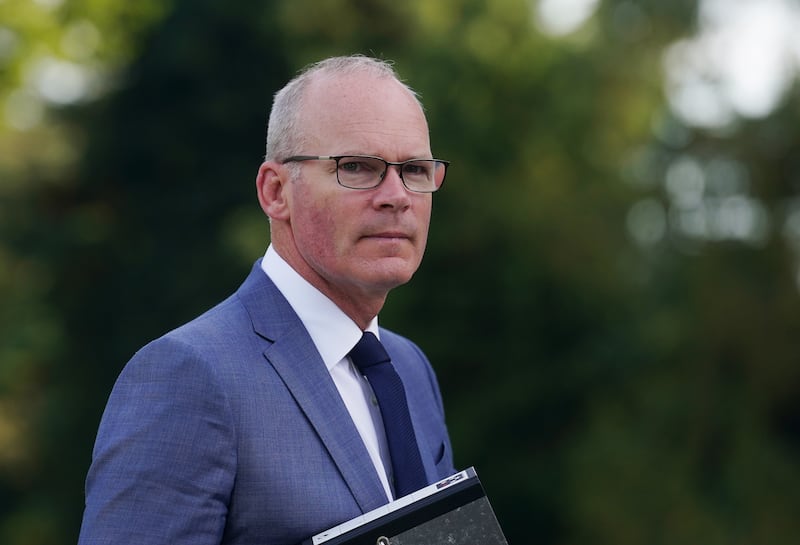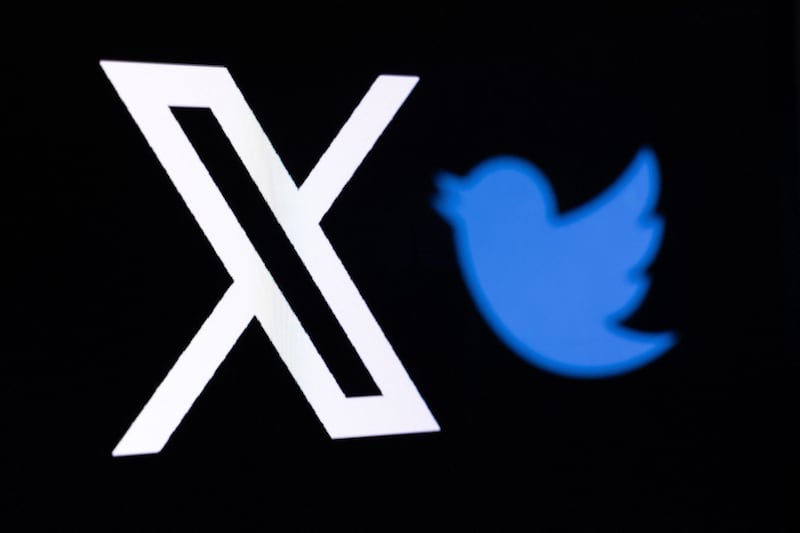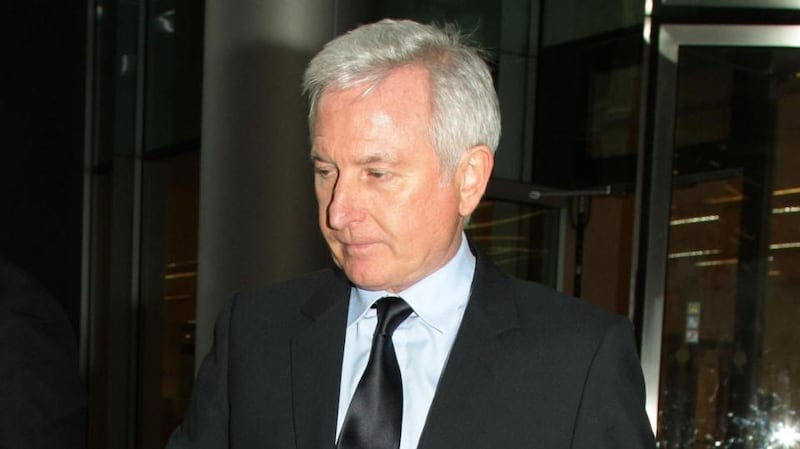The Association of Visitor Experiences & Attractions (AVEA) says half its members report having fewer visitors this year than in 2019. In terms of overseas visitors, 59 per cent say this summer was down on the pre-Covid year of 2019.
Stressing that it’s an interim survey conducted at the end of August, the AVEA believes it is “broadly representative of what we are experiencing across the country”. Its members include a mix of State-run and privately owned attractions, everything from the Guinness Storehouse and Powerscourt estate to the National Gallery and the National Museum.
Catherine Flanagan, the chief executive, said that when asked to suggest reasons for the poorer-than-expected performance “a recurring theme was the scarcity of accommodation, with fewer hotel rooms available for tourism visitors”.
Limited availability led to higher prices, which further discouraged long stays, and resulted in lower footfall and revenue for businesses that cater to tourists, such as restaurants and pubs.
READ MORE
The findings are further confirmation that the tourism industry hasn’t recovered post-Covid. Catherine Martin, the tourism minister, told the Dáil last week that recent research by Fáilte Ireland found that “most attractions, experiences and activity providers experienced a drop in business volume compared to 2019 across all markets”. She, too, cited the reduced availability of accommodation as being seen as a contributor to the decline, but said the research also indicated that competition from overseas destinations was an issue for businesses, especially when trying to attract Irish holidaymakers.
This is a particular problem for attractions outside Dublin, which the AVEA has found has a higher dependency on the domestic market. They would have suffered disproportionately from the washout weather of July and August.
Disemvoweling corporate names

Set up in 2007 by Bob Manson and Thomas Lenehan, Pembroke Hall started out leasing office spaces in Georgian buildings around Fitzwilliam Square in Dublin. It has just rebranded as Pembr, which “reflects a growth strategy into more modern buildings” in the commercial office real-estate market. It recently bought properties on St Stephen’s Green and Dame Lane. “We feel Pembr better represents who we are today,” the company explains.
Meanwhile, a new venture to help people get on the property ladder with a lease-to-loan financial product is being launched next year by Mark Duffy, former chief executive of Bank of Scotland Ireland. Its name? Dwellr.
Both names are examples of disemvoweling, the removal of certain letters which is an increasingly popular device among marketeers, as it makes companies sound edgier and cool. Abrdn plc is a disemvoweling of Aberdeen, the company that was previously Standard Life Aberdeen plc. Transfr, Tumblr and Flickr have also mislaid vowels, though the most famous example could have been Twttr as the social media platform now known as X was originally called.
Simon Coveney and data centres

Will enterprise minister Simon Coveney have to run the gauntlet of protesters when he arrives at the DataCentres Ireland conference at the RDS on November 23rd? Two years ago the event was picketed by supporters of People Before Profit, and disrupted when some protesters set off a fire alarm. Organisers stress the conference is not about promoting data centres, but rather focuses on infrastructure and how to make them more effective and efficient.
[ Cap on data centres ruled out despite surge in energy useOpens in new window ]
Coveney is the most senior minister to attend the conference, now in its 13th year. Leo Varadkar, his predecessor at the Department of Enterprise, declined previous invitations. Organisers have no idea what Coveney will tell his audience, which will include executives from Amazon and Microsoft. They will no doubt hope he repeats what he told the Dáil earlier this year, that data centres are “an important part of the future of the economy”.
O’Sullivan’s sale tactics with Burren Energy

“Finian, you may be a great oil finder but you are a poor businessman.” So the Galway geologist Finian O’Sullivan was told by Paolo Scaroni, chairman of ENI, just before the Italian oil giant bought his company in 2007. Given that the deal was valuing Burren Energy at £1.74 billion (€2 billion), O’Sullivan did not challenge this assessment. “I did not defend myself,” he writes in a new book, “wedded as I was to the business principle that when a deal is done, or near done, the less said the better.”
O’Sullivan reveals that during the talks with ENI, he was taking guests on partridge shoots in the remote hills of Scotland. “Between drives at the partridge, I would attempt, through a poor signal, to maintain contact with the negotiations,” he recounts. “I was told later by a member of the Burren Energy team that my cool attitude and patience kept the ENI team on edge, and compelled them to up the price, as my silence was taken as a rejection.”
The Galway businessman eventually agreed a price of £12.30 per share from a phone in the Black Bull pub in Lauder, Scotland. The deal was the lead item in the following day’s edition of the Financial Times. He finally met Scaroni, now the chairman of AC Milan, for lunch in a private room in the Dorchester Hotel in London. The bill came to £187.50, but there was a minimum spend for the private room of £1,000, so O’Sullivan says he ordered a bottle of Lynch Bages 1990 to make up the difference. By then he could afford it: the sale of Burren Energy to ENI netted him £100 million.
X’s response to new media regulator

X, formerly known as Twitter, faced criticism last weekend after an automated response to a complaint about upsetting footage on the platform said it “hadn’t broken our sensitive media rule”. In that context, I was curious about the response Coimisiún na Meán, the new media regulator, received when it contacted X about footage of an assault on a Navan schoolboy.
On May 19th, according to records released under the Freedom of Information Act, Niamh Hodnett, the online safety commissioner, emailed an X representative to say she was very concerned about the video and asking for a report on what steps were being taken to remove it. The commissioner got a response over 24 hours later from an X executive, who said reviewing content was not his/her job, although the video had been taken down, and that for more information on reporting content Hodnett could visit their help centre.
Hodnett should “feel free” to flag “urgent time-sensitive requests” to the X official, she was told, “once a request has been submitted”.
We asked the Coimisiún if it was satisfied with that response, and with the system for getting harmful content off the platform. A spokeswoman noted that the commission is not yet fully operational, and was still building up its processes, including how it responds to urgent situations. “In the meantime, Coimisiún na Meán has been involved in a small number of urgent matters and has engaged with platforms on a voluntary basis. On the whole, we have had good co-operation,” she said.
The commission added that, apart from urgent situations, there will be legally binding obligations on platforms to take timely action when told about harmful content. “We are considering whether to specify timescales for certain types of harmful content on video-sharing platforms in our online safety code, which we will be consulting on later in the autumn.”
AI no use in predicting bus user patterns
Although some seem to think Artificial Intelligence will soon run the world, it’s not even much use with bus timetables. The National Transport Authority has been working with EY on the development of a tool to estimate where passengers are most likely to alight from a bus. “It was built using a machine-learning algorithm, which is a component of AI, in order to predict where passengers would get off... based on return-trip information,” the NTA told Catherine Murphy TD, in response to a Dáil question.
Accurate predictions of where passengers will get off are needed in order to plan capacity on routes, but the NTA currently has no data on this because bus commuters don’t have to tap off with their Leap card, as they do on a Dart or Luas.
“However, while the machine-learning model was built, it did not improve on the accuracy of traditional statistical approaches and is, therefore, not in production,” the NTA revealed.
Undaunted, the transport agency is now checking if AI can assist its public affairs department achieve efficiencies because of a big jump in the amount of queries. Why not instead get AI to fix the Real-Time Passenger Information system and end the phenomenon of the “disappearing buses”?
McKillen’s interest in Maybourne’s top 50 hotels

Two establishments from the Maybourne group featured prominently in the inaugural list of The World’s 50 Best Hotels. Claridge’s, at number 16, was the highest-ranked in the UK while the Maybourne Riviera, at 26, was the leader in France. Neither was shy about trumpeting their achievement. “I would like to thank the team who work with such passion and dedication to achieve this fantastic recognition,” the manager of the Maybourne Riviera, Boris Messmer, posted on social media.
[ The Westbury Hotel named as best hotel in Ireland by Condé Nast TravellerOpens in new window ]
Very much part of the team that refurbished the French hotel was Paddy McKillen, who is now in a legal dispute with the Maybourne group’s Qatari owners. The businessman claims he is owed about €1 billion under a profit-share agreement struck in 2015. His claim is linked to the value of the hotel group, about which the two sides bitterly disagree.
“They’ve made an awful lot of money out of my sweat,” McKillen told me earlier this year. “To try to say the hotels aren’t the value [they are] is just a nonsense.”
And surely a harder case to make now that two of them are ranked in the world’s top 50.

















